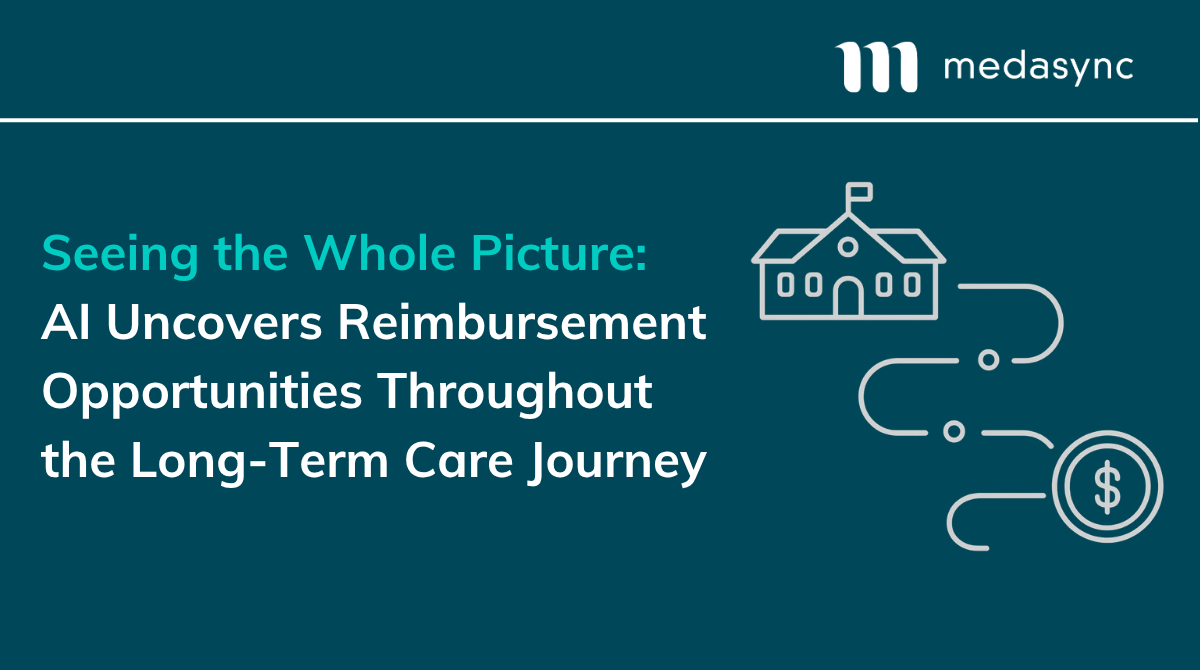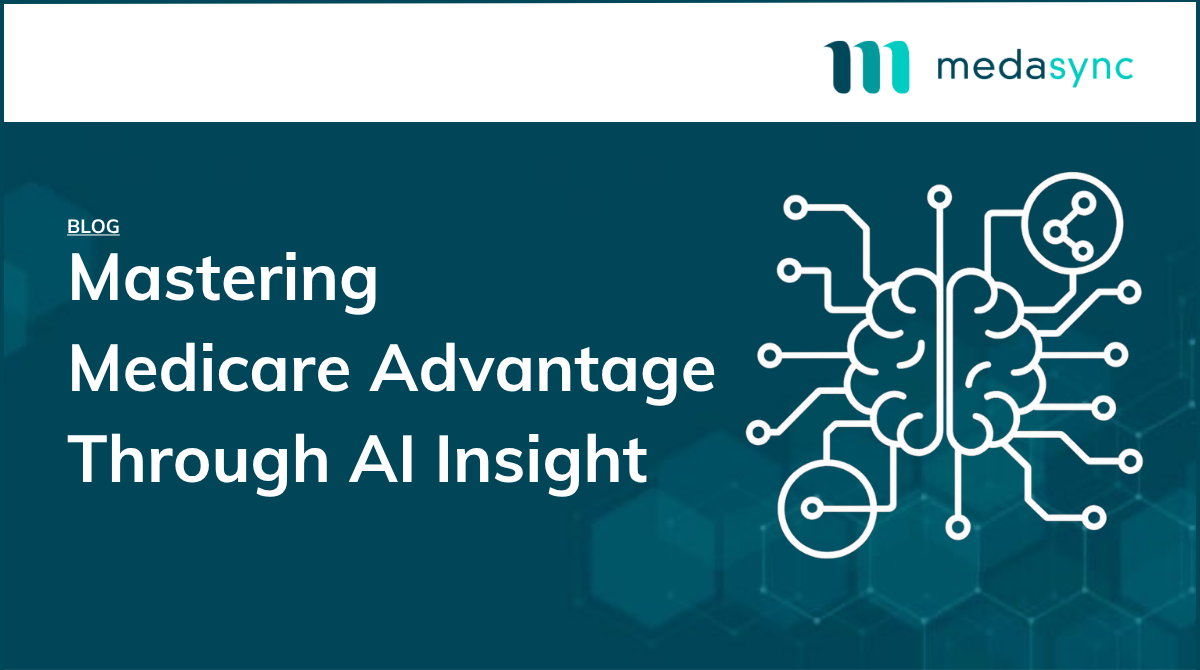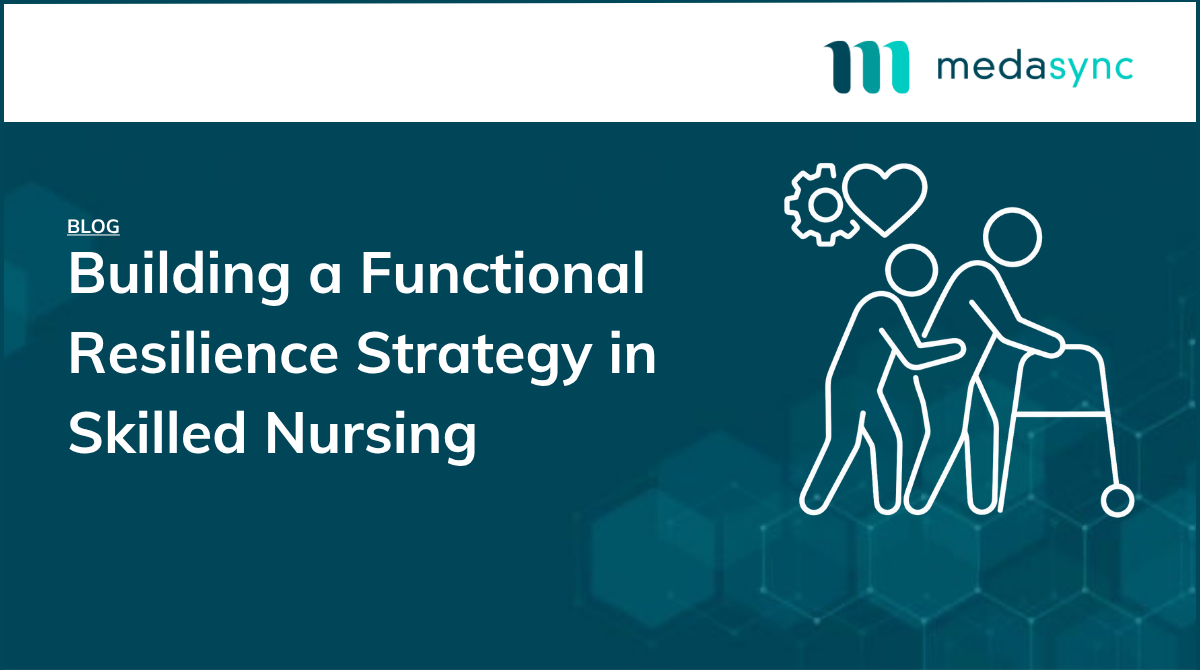Why Improving Revenue Integrity for Managed Care is More Important Than Ever
Service Charge Capture is Key to Revenue Integrity
Every day, you’re providing the patients that come to your SNF for care with valuable, meaningful services that maintain or improve their quality of life. Your clinical team members are meeting with them, checking on their condition, and providing treatment for many different needs. Those services are important, and more people than just your patients are relying on you to perform them.
But with managed care expected to grow by 12 percent in 2019, and with more than 21 million people currently enrolled in Medicare Advantage (MA) plans that are run by private insurance companies, you’re likely experiencing an influx of new MA cases. Additionally, you also must now account for all exclusions, carve-outs, and billing level changes. It’s a lot to manage.
MA has experienced an astounding 44 percent growth over the past five years. In fact, nearly 70 percent of people newly eligible for Medicare are choosing MA instead. This means the administrative workload your clinical, operations, and finance teams have to shoulder isn’t likely to ease up soon — in fact, it’s probably on the rise.
You may be adequately staffed to handle the administrative burdens of five to seven managed care cases and the added paperwork that comes with them, but when the number climbs above 10, your team’s blood pressure may start to rise. When things get busier, everyday tasks like capturing the services and treatments performed for billing are being missed. It’s understandable how it can happen. More rules, requirements, procedures, and patients demanding care means more opportunity for things to slip between the cracks. Nearly everyone can relate to a scenario where your case manager negotiates a highly favorable rate or carve-out that for some reason is not reflected in the billing and therefore is missed and can’t be recaptured after the fact.
As a result, SNFs are often billing at the incorrect level. It’s no surprise that you end up providing level 3 care with all associated costs while only billing at level 1. When your clinical teams are busy caring for patients, they don’t have time to report services and treatments to billing teams. That creates gaps in revenue that is owed and revenue that is received. That’s the clear definition of damaged revenue integrity. The result is that numbers don’t line up, and SNFs don’t perform with the financial strength that they should be, opening up the door to many other problems.
Policy Drives a New Payment Equation
Over the past several years, different measures have been developed, implemented, and debated as a way to change the way that post-acute care services are provided and reported. A few examples include the IMPACT Act of 2014, the Bundled Payments for Care Improvement (BPCI) initiative, Accountable Care Organizations (ACOs), and the Unified Post-Acute Payment System (UPAC). Some have been implemented already, while others such as UPAC are still being developed. But across all these initiatives, the focus is growing on value rather than volume.
Today, traditional Medicare is still being reimbursed under a fee-for-service (FFS) model through resource utilization groups (RUGs) but will soon move to the Patient-Driven Payment Model (PDPM). But that’s only impacting traditional Medicare. Private managed care companies have no obligation to follow suit, and the Centers for Medicare and Medicaid Services (CMS) isn’t pushing it, either.
In a rapidly-growing managed care world, you have three typical types of plans: 1) payers who pay based upon a percentage of RUGs, 2) level-based plans, and 3) a flat fee all-inclusive rate. The big question is how will MA plans adapt — if at all?
First, since CMS is not pushing them to do anything, like all business they will wait and see what unfolds. Second, the overwhelming market sentiment is that plans under a percentage of RUGs payment delivery model will adopt PDPM, while others may push more level-based products (especially those with both levels and RUGs). We may also see new episodic payment models — flat lump sums for the entire SNF stay.
The bottom line is that revenue delivery is being changed by both managed care and PDPM, and the definitions of payment for service delivery are changing, too. You’ll need to know the new definitions under PDPM just like you’ll need to know each of your complex managed care contracts and the different triggers that correlate to adequate payment for care provided.
Think about what you’re doing now to prepare for PDPM. You’re considering your existing internal processes and the technology you’re using to support them. You’re closely examining the rules and figuring out ways for capturing the revenue-driving elements so they can be properly billed? And, you may be working on internal data sharing and communication.
But wait — that sounds like the steps to also succeed under MA. So, if your traditional Medicare mix is dwindling and MA is growing, why aren’t you executing new processes to be successful in the changing tide of a managed care world? That’s why it’s imperative to focus on what you can do to improve revenue integrity now. Let’s review a few options.
Tips for Improving Revenue Integrity Now
1. Use Technology to Fill the Revenue Gaps
Missed charges mean you’re doing more work than you’re getting paid for. While PDPM will change the Minimum Data Set (MDS), your team will still have to face an increasing number of MA enrollees as our population continues to age and increasingly choose MA for their coverage. So, while you await PDPM’s arrival, you need to be doing all that you can now to improve your success under MA — and accurate service capture is a huge opportunity.
The best way to do that isn’t by implementing a new internal process for your team to remember on top of everything else they’re doing. It’s to use technology. Platforms are available that can help you better capture, translate, and communicate the services you’re providing for billing purposes.
2. Automate As Much As Possible
Remember, you and your teams are human. A growing patient care workload presents real challenges for managing the vast amounts of data and tasks that are being generated every day at your location(s). Use technology to automate critical functions that lead to billing opportunities.
For example, should your clinical team perform excluded services that must be billed separately on the UB, how are those being tracked and reported to billing? Should a patient require a treatment that’s not covered under their care contract, how are you tracking those (and requesting carve-outs to insurance companies)? When certain amounts of care or needed care necessitate a billing level change, how is your team being notified so they can advocate for the change? Put technology to work to track patients and alert your team so nothing is missed, and patients receive the proper care.
3. More Effectively Use Your Team
Technology is a powerful tool to support your team. You already have systems in place for managing health records, pharmacies, billing, and more. But are they speaking with one another? At least with traditional Medicare, the MDS centralizes the key information that correlates to delivery and billing. But that isn’t the case with most managed care plans, especially the level-based ones that operate with different service delivery criteria. Is the MDS useful there? No.
Missed communications about services provided will hamper revenue integrity, and having team members waste time digging through emails, multiple software programs, or even paperwork to substantiate treatments, find information, and so on only results in greater administrative costs. Centralization and automation are key to making sure that your team is operating at peak performance.
Give your team a technology solution that centralizes all the data they need to do their jobs well — and automates as much of it as possible. This helps your clinical team provide more effective care, provide it faster, and keep operations and billing teams in the loop — without having to go hunting for information.
4. Leverage Data to Control Costs
What platform or tool are you currently using to give leadership teams a holistic picture of your performance? We’re willing to bet it’s not as comprehensive as you want — or that you don’t have one at all. That’s because platforms that centralize service capture, workflow automation, and business intelligence are few and far between. (Don’t worry — at MedaSync, we’re changing that for good.)
If your business doesn’t have a solution in place for high-level dashboards and in-depth analytics, you don’t have the insight you need to understand how your business is performing and where changes need to be made. You don’t have the data you need to see where your greatest revenue opportunities lie. You don’t have the oversight needed to more accurately manage utilization costs pre-admission and throughout patient stays. You’re operating blindly.
Use MedaSync to Improve Revenue Integrity Ahead of PDPM
Whether you will be financially successful or not after PDPM takes effect depends, in part, on how your SNF is set up to handle managed care now. You’ve already been operating under this system for some time, but can you confidently say you’ve been operating in a way that all possible revenue is accounted for? Are your teams operating efficiently? Are you leveraging data to inform your decision-making?
If not, now is the time to make a change. MedaSync was built to help SNF operators more efficiently and profitably provide care and manage their businesses. We’ll show you how it can help you do just that.





